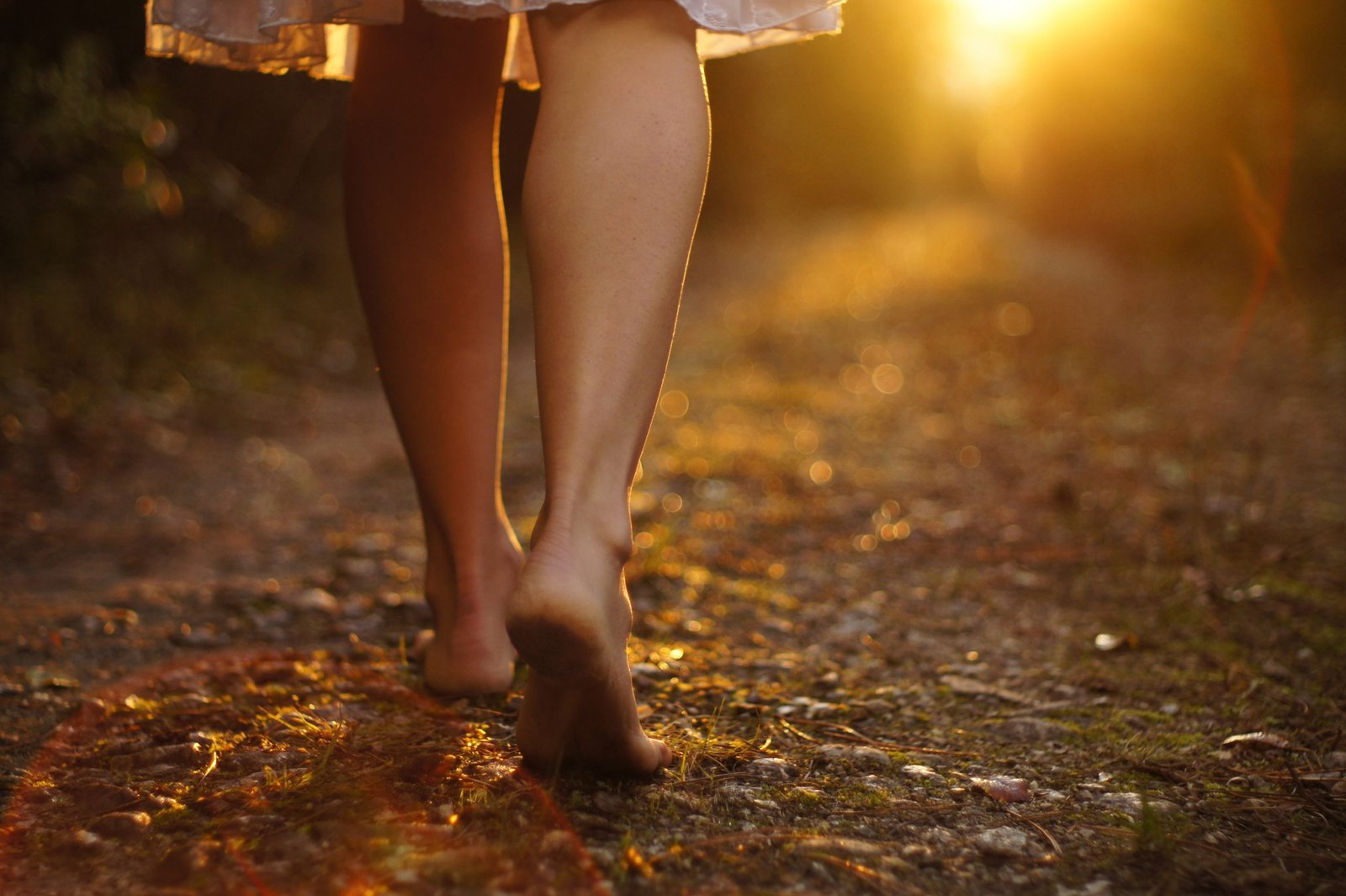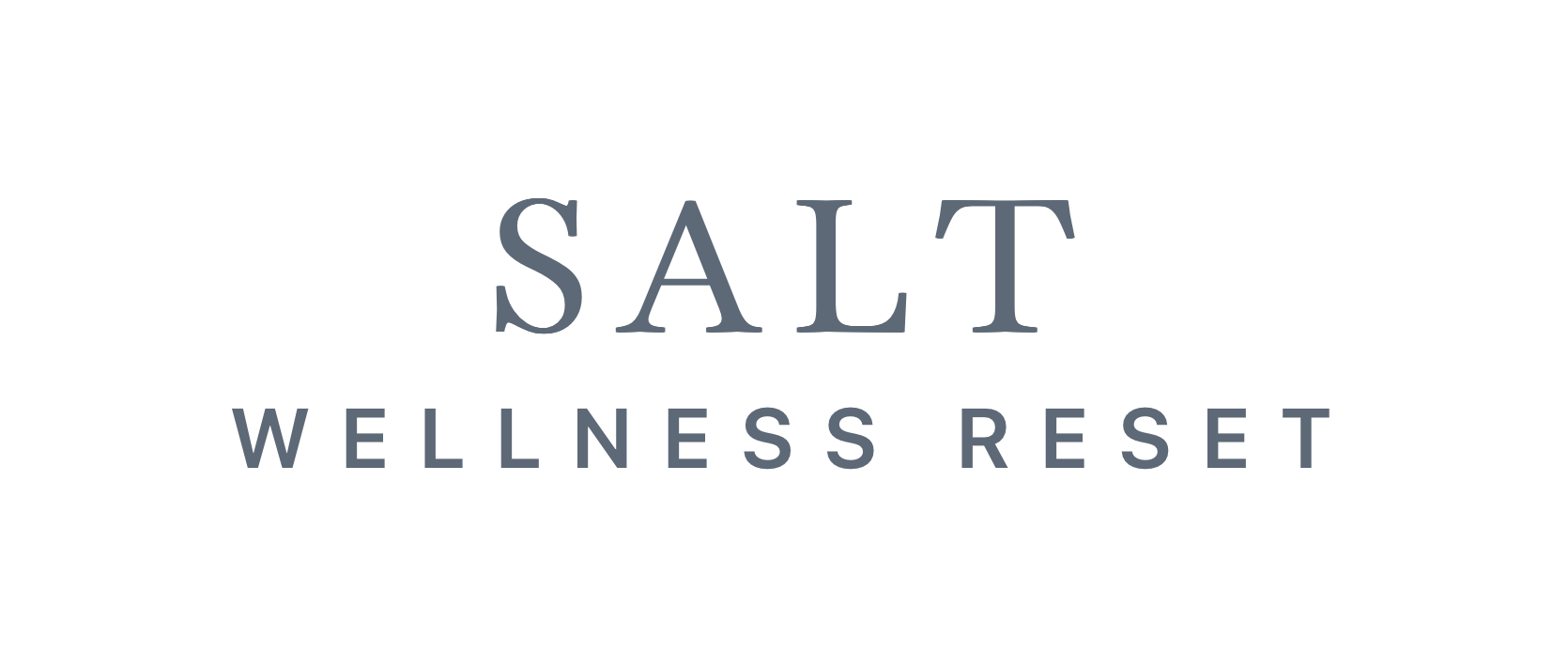
OSTEOPATHY
DEE DIXON
My passion for osteopathy started 20 years ago when an open day at The British School of Osteopathy caught my interest. I signed up to do the 5-year degree course and the rest, as they say, is history.
I believe that health is like music and our bodies the orchestra. An osteopath’s role is that of the conductor; the greater the conductor’s knowledge of the instruments, musicians and environment, the greater the potential for a symphony. The finest music is played when all the elements of the orchestra are in balance, so it is with osteopathy and health.
With this in mind I am dedicated to continuously expanding my knowledge of a broad spectrum of subjects including physical dysfunction, gut and visceral health, cranial movement, autoimmune disease, chronic and acute illness, headaches to ankle sprains, and beyond. I’ve personally explored the benefits of numerous wellness practices including ice bathing, gluten and dairy-free diets, nutritional supplements, fasting, yoga, red light therapy, pranayama breathwork and much much more.
I’m registered with the General Osteopathic Council, with registration number 6421.
Osteopathic medicine embraces a science-based study of health; the cornerstone is a knowledge of anatomy and physiology to which osteopathic concepts of health are applied and where treatment involves using manual techniques.
A typical day in a clinic would involve seeing patients for various aches and pains. Typically a patient visits me when a symptom has become so painful that it is interfering with their capacity to behave as normal. As a result of discomfort, a patient will often compartmentalise their symptoms to a specific joint or muscle, while ignoring a growing list of ailments that may have started days, months, or even years earlier. These ailments are just as important as the presenting symptom. They reveal which part/s of the body are struggling and help us identify where we should focus our search for dysfunction.

SPORTS MASSAGE
JULES LLOYD-DAVIES
Sport, fitness, movement… to me, they are about being fully immersed in both the body you have and the world around you and I love, come rain or shine, to be outdoors. Having completed ultramarathons and endurance swims I am in awe of what the human body and mind are capable of but also know through bitter experience how de-railing injuries can be.
The powerful mind/body connection reveals itself time and time again when treating patients and I am fascinated by how mechanical dysfunction and pain can so often be only a symptom of a more complex health puzzle. I am on a continuous journey to learn more about wellness and have attended a Wim Hoff course to learn the benefits of breathwork and ice baths, explored gut health and the impact of inflammation within the body and regularly practice yoga and meditation.
I have been trained to work with healthcare professionals to help identify and treat minor or chronic injuries with an aim to identify underlying causes to prevent future flair-ups.
I am ITEC Levels 3 & 4 qualified from St Mary’s University and am a member of the SMA (Sports Massage Association, the recognised body for Soft Tissue Therapy).
Sports Massage (Soft Tissue Therapy) involves the management, manipulation and rehabilitation of soft tissues in a preventative, corrective and therapeutic form to help prepare for and recover from exercise and competition. Sports massage can also relieve day to day sources of pain including repetitive strain injuries and sprains. Our bodies are designed to move; inactivity, poor form and environmental factors can also all contribute to muscular injury as much as over-use or poor technique.
Soft tissue therapy uses a variety of techniques including trigger pointing, STR (soft tissue release) and METs (Muscle Energy Techniques) to affect muscle tone and length, help remodel scar tissue, aid muscle recovery and improve lymphatic flow, all of which help muscles function as efficiently as possible.

REFLEXOLOGY
GEORGINA HAMBLIN
My interest in Reflexology began after a trip to China in 2002. What I initially thought was going to be a ‘just foot massage’ turned out to be something very different indeed. I learnt that the feet communicate a remarkable insight into an individuals’ well being and hint at what we can do to aid our bodies to heal ourselves. Inspired by my findings, I was soon on my own fascinating path of discovery and qualified as a Clinical Reflexologist a few years later. I have had the pleasure of working with babies through to nonagenarians and never cease to be amazed by the stories the feet can tell and the stories the feet have told.
I qualified in 2005 with the IIR (International Institute of Reflexology – the only school licensed to teach the Original Ingham Method of Reflexology) and in 2009 qualified in ART (Advanced Reflexology Techniques).
I am a member of the AoR (Association of Reflexologists) and fully insured in Clinical Reflexology.
Reflexology is a complementary therapy that deals with the principle that there are reflex areas on the feet, hands and ears which correspond to all of the organs, glands and parts of the body.
By performing little compression techniques with the fingers, thumbs and knuckle joints on these reflex areas, tension can be reduced and blood supply improved. It also promotes the unblocking of nerve impulses and helps to unlock toxins by encouraging the body to eliminate them.
After a treatment, most people feel an improved sense of wellbeing and deep relaxation. This can better the state of mind, enhance sleep and aid in homeostasis.
A brief history…
Modern reflexology is based on an ancient form of therapy. There is evidence of some form of foot and hand therapy being practised in China as long ago as 2330 B.C. and around the same time in Egypt, as depicted in the tomb of Ankmahor, which contains some interesting scenes of medical practice. The North American tribes of Indians are known to have practised a form of foot therapy for hundreds of years. Reflexology, as we know it today, is attributed to the work of physiotherapist, Eunice Ingham, who helped develop the zone therapy findings of Dr Fitzgerald.

